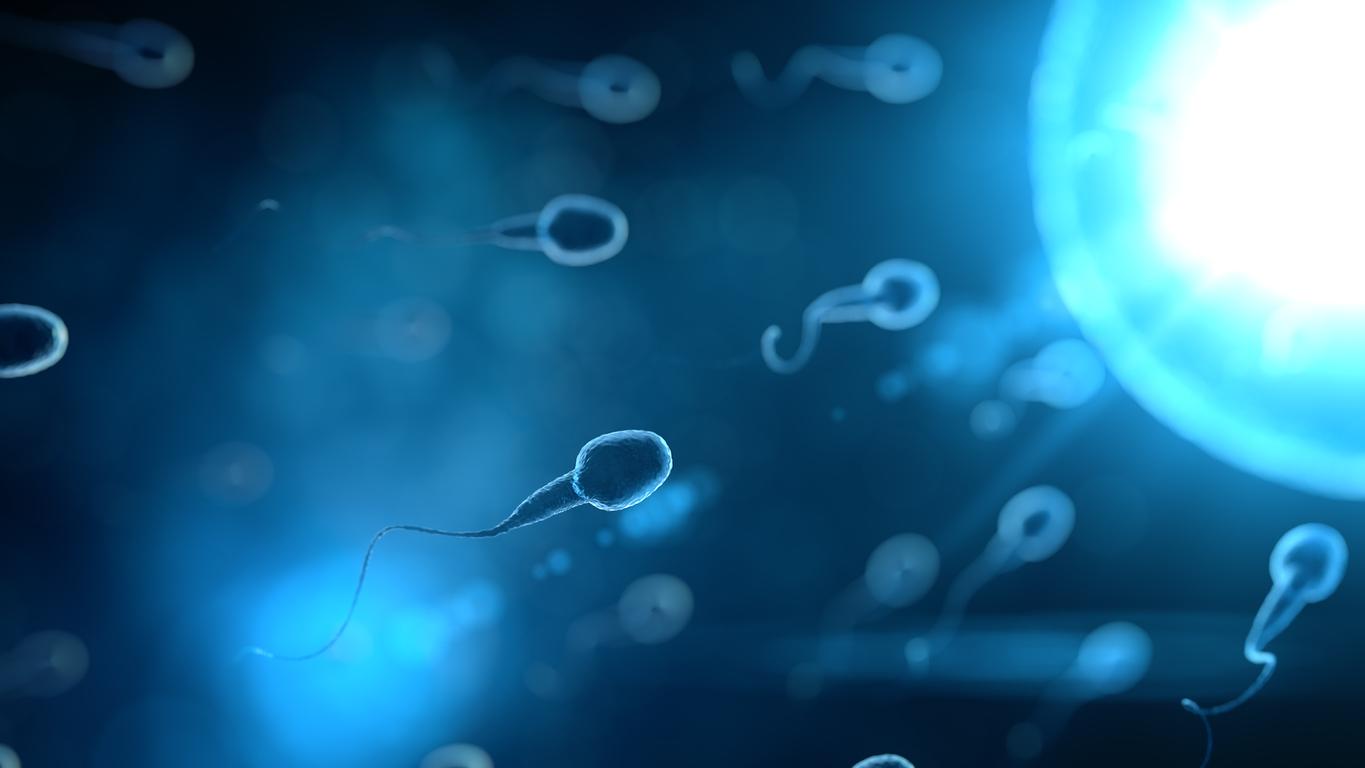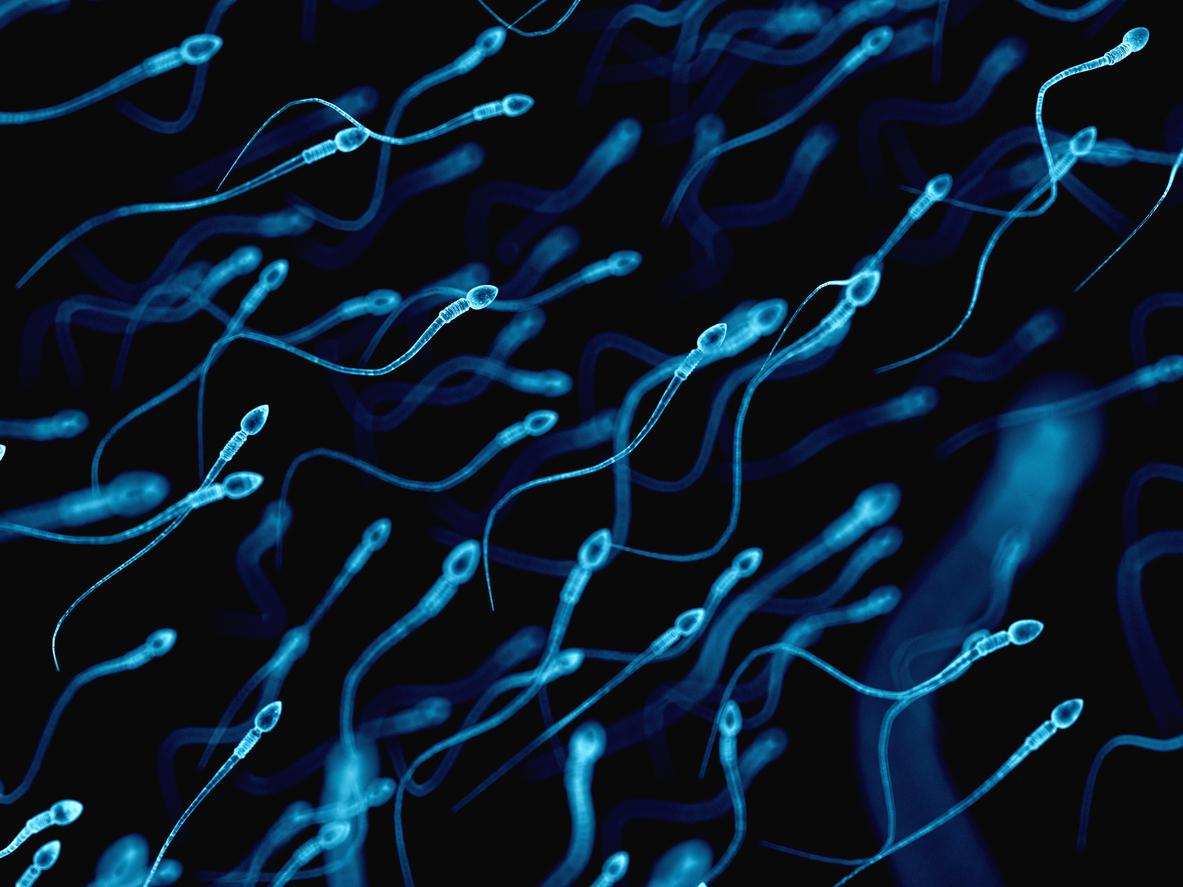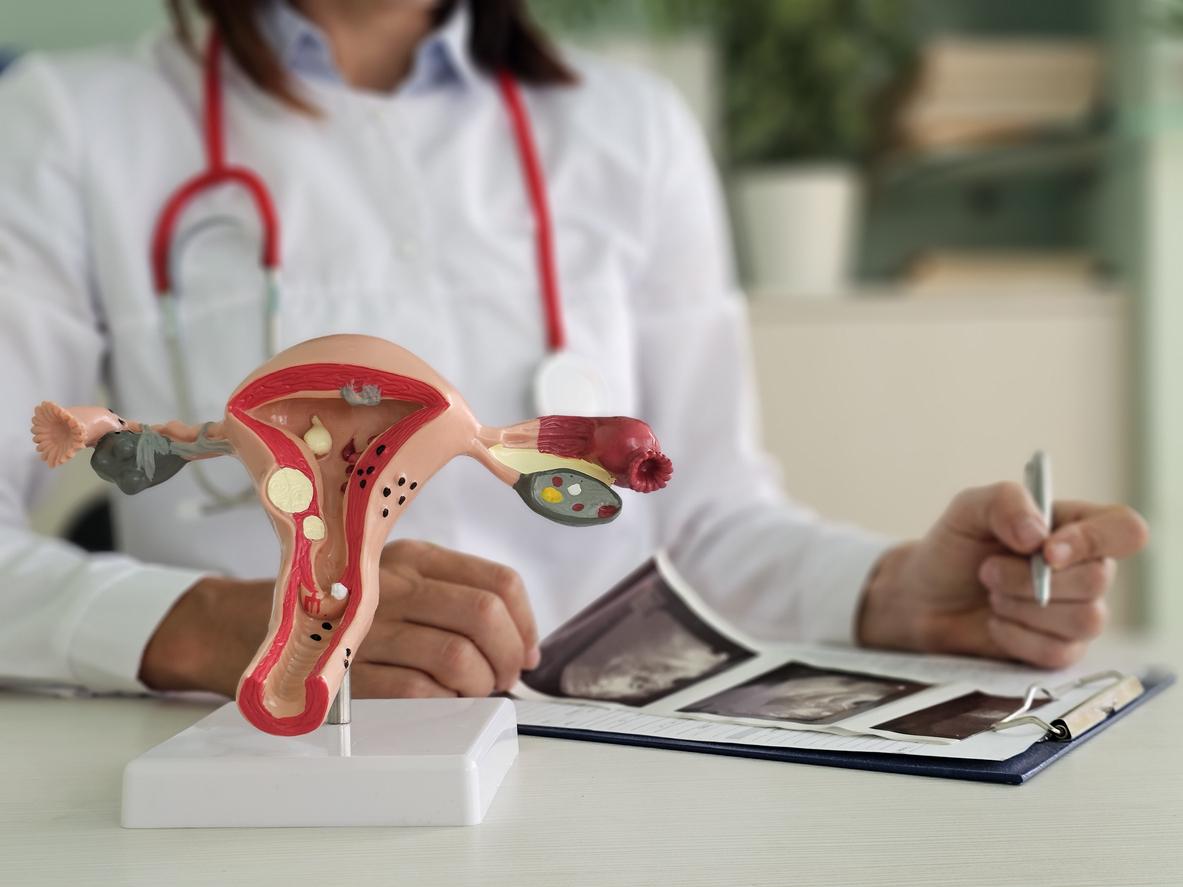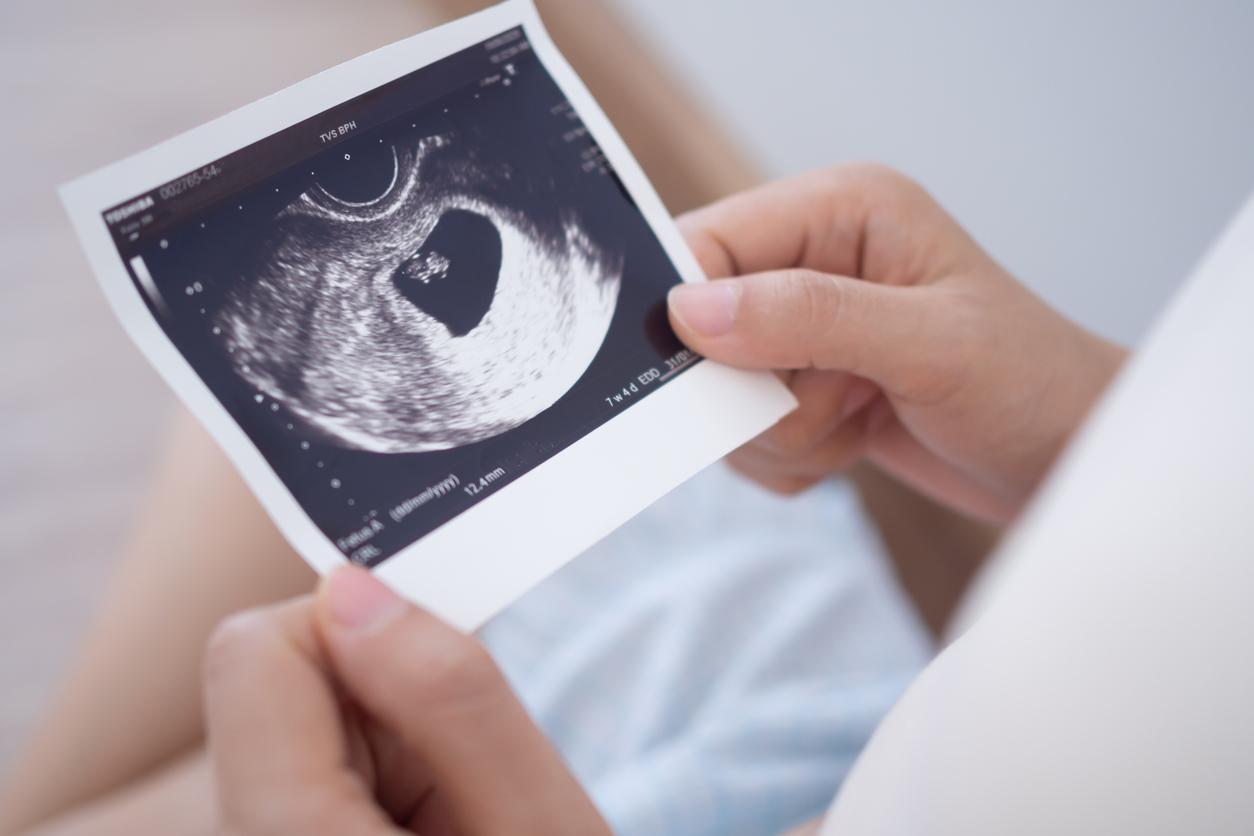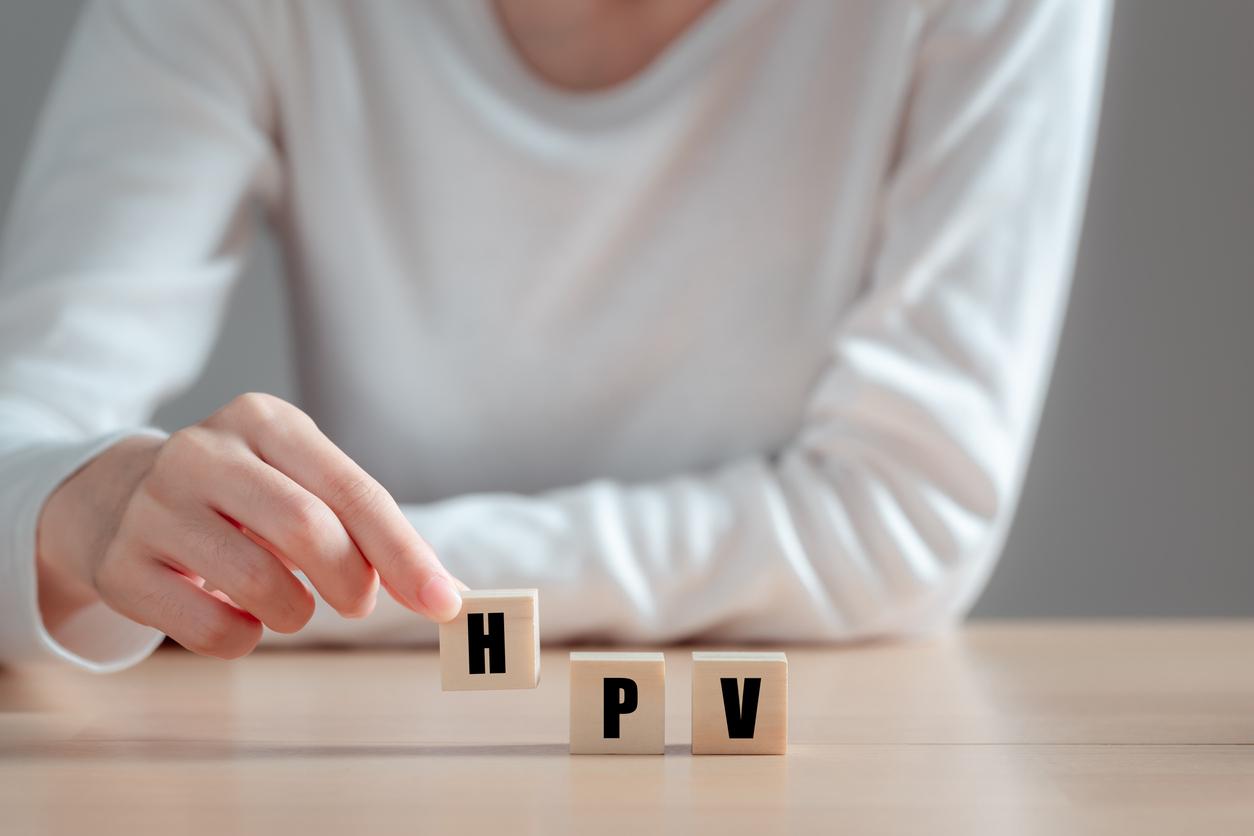For people at risk of becoming infertile through disease or treatment, information on the risks and methods of fertility preservation is not readily available.

INCa and the Biomedicine Agency published their study report on fertility preservation and cancer treatments in children, adolescents and young adults on Tuesday, February 19. A report which is based on the observation that information on the risks of subsequent infertility and the available strategies for fertility preservation are not systematically provided. However, progress in survival after cancer now allows young patients to consider the realization of a parenting project later. This first study draws up an inventory of knowledge and practices, which healthcare professionals must adopt. Despite positive actions, a great disparity remains in the care of patients.
According to the Federation of Centers for the Study and Conservation of Human Eggs and Sperm (Cecos), the number of men who have benefited from sperm conservation has increased fourfold between 1990 and 2000 and in particular in recent years thanks to the resources allocated by the Cancer Plan to establishments. There are many indications, but the most frequent are testicular cancer and Hodgkin’s disease.
The preservation of testicular tissue is reserved for the child and in cases of impossibility of collecting sperm. On the side of girls and young women, the conservation of ovarian tissue is gradually increasing. According to professionals from the GRECOT association (1), 23 centers practice preservation of ovarian fragments. As of December 31, 2010, 1,296 girls, adolescents or young women, exposed to the risk of developing infertility following their medical treatment, had preserved ovarian tissue.
Despite these actions, this report also reveals that a great disparity still remains in the care of patients. In fact, the risk of infertility to which these patients are exposed is insufficiently taken into account, whereas it should be systematic. And, disclosure of infertility still happens all too often at the time these people wish to conceive.
Health professionals are directly targeted. The misinformation of patients is said to be general. As proof, according to the various surveys published, half of the patients would not have integrated the notion of preserving fertility when signing the consent to treatment for their cancer even though the risk of infertility is mentioned on these consents.
More surprisingly, the disparities by sex. 80% of male patients would be informed of the impact of chemotherapy on subsequent fertility compared to 48% of female patients. Concerning the preservation of fertility, 68% of men would have received information on the technical possibilities against only 2% of patients.
However, INCa and the Agency call to remain cautious because these results relate to perceptions and feelings. Lastly and more worryingly, oncologists have a poor understanding of the options for preserving and restoring fertility as well as their chances of success, whether they use modern ART techniques or autologous ovarian tissue transplantation. Insufficient knowledge of the progress offered by this medical discipline, which is very different from oncology, often makes oncologists uneasy to broach this subject.
(1) Research and Study Group on Cryopreservation of the Ovary and Testis),
.







